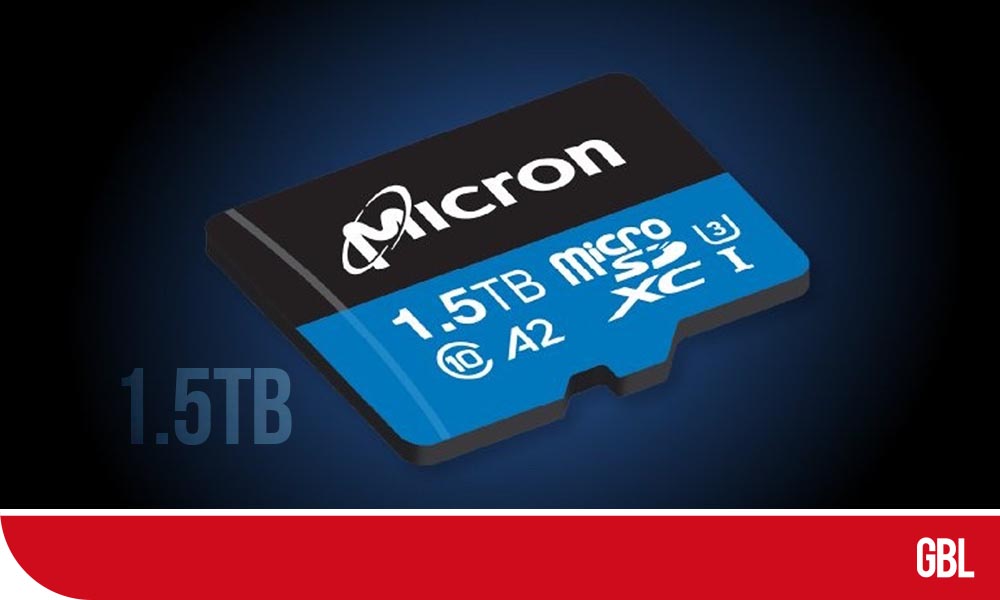Pointers at Glance
- The semiconductor giant, Micron unveiled the world’s highest capacity MicroSD card.
- The MicroSD card can store data up to 1.5 TB, which is 50% more than C200. They used 176-layer 3D NAND technology to reach that storage capacity.
Micron has released the highest-capacity microSD card in the world, the i400, with storage space of up to 1.5 TB, 50% more than the former champion, the C200.
The semiconductor giant, Micron, reached that capacity by using its 176-layer 3D NAND technology same as that used in SSDs, and will target the enterprise market, particularly anything that has to do with video storage at the end. Hence we should not expect the card to be cheap or easy to source, mainly as it is designed to handle five years of continuous 24×7 high-quality recording and a whopping MTBF of two million hours.
No details are provided about the performance of the new microSD card, but this is an industrial-grade product, unlike the C200. It means that endurance is likely at the top end of the spectrum. The C200 used a 96-layer 3D NAND technology, and the i400, available in capacities of 64GB, is likely to have some spare capacity for wear leveling.
What Comes Next For microSD?
To date, Silicon Power, Lexar, Sandisk, Team group, and PNY have all released 1TB microSD, with Kingston and Samsung silently remaining on the sidelines.
For most use cases, cloud storage, cheap bandwidth, and ubiquitous high-speed connectivity have made high-performance and high-capacity local storage a thing of the past. It is one reason most high-end smartphones no longer offer removable storage.
So, will others follow in the footsteps of Micron with larger-than-1TB microSD cards? But, they probably won’t come cheap in an ever-shrinking market.
One feature that didn’t make it into the i400 is SD Express, the high-speed technology that could boost data transfers to 4 GBps. The concern is that it is usually a chicken-and-egg scenario where readers/ compatible devices are not easily available to justify a significant increase in the cost of components.
Read our latest blog: Are you ready for the AI- influenced Future of Healthcare industry?









